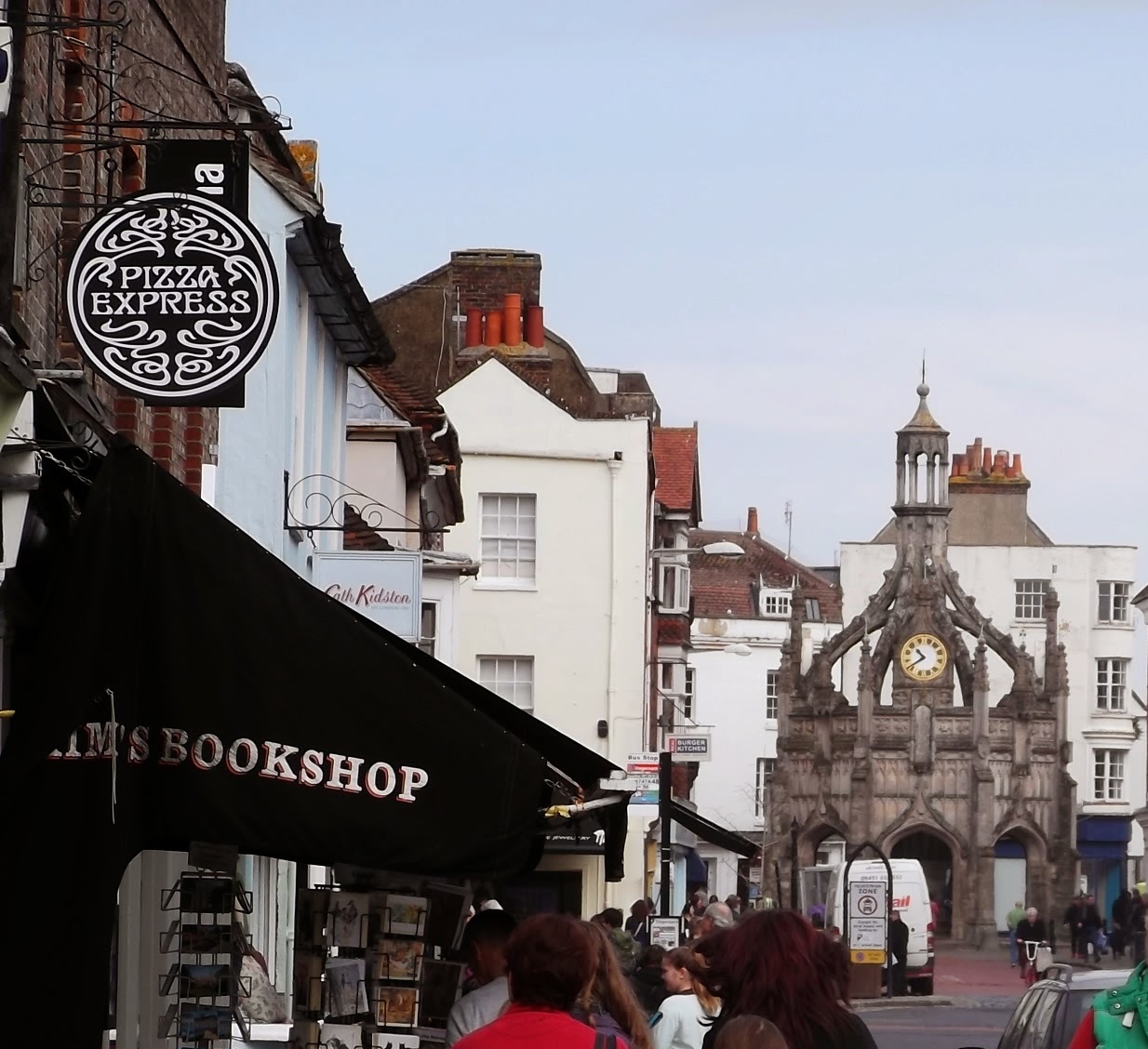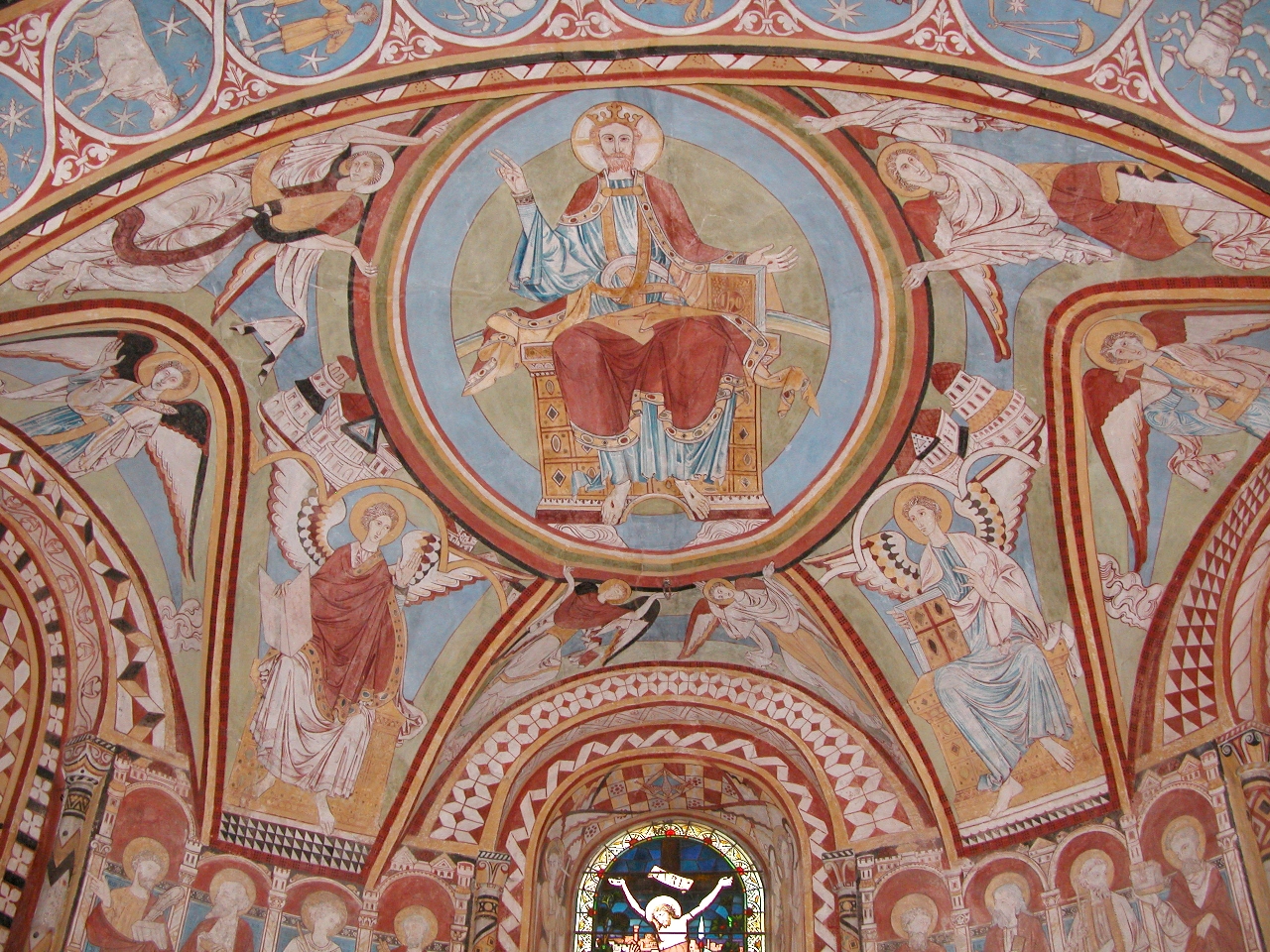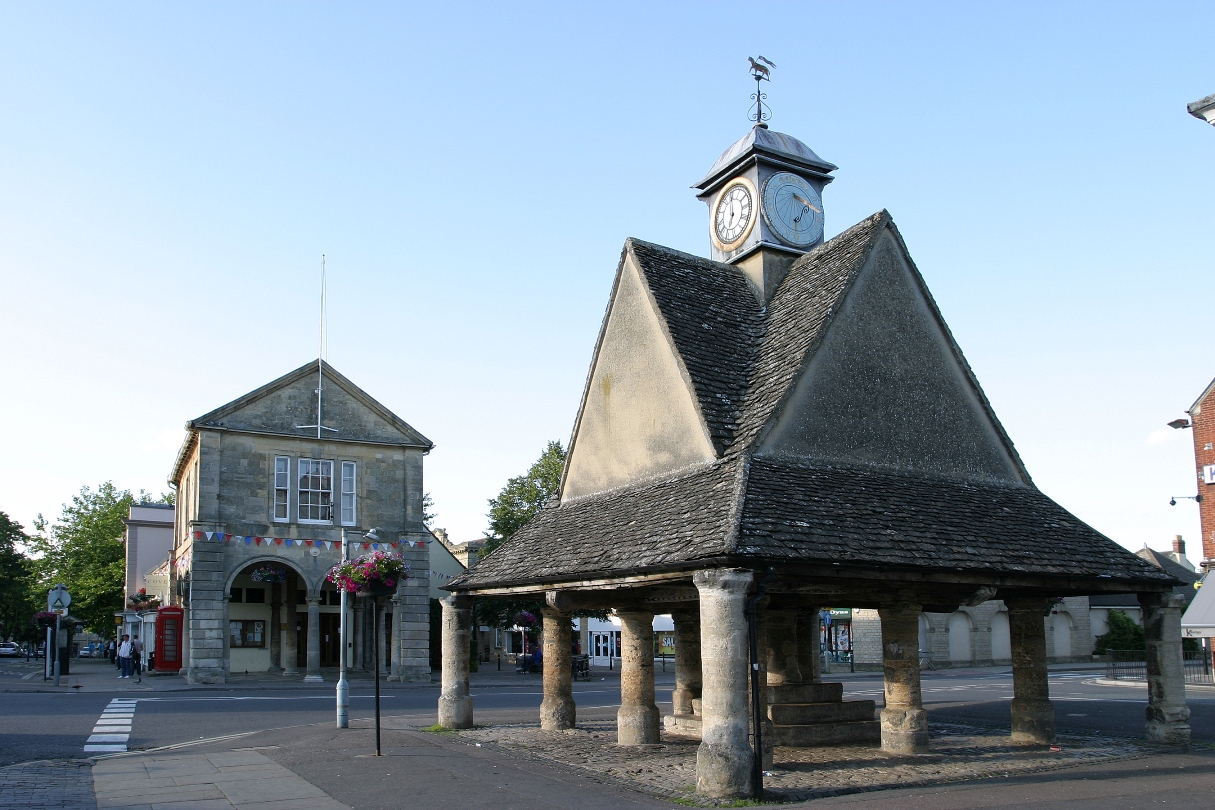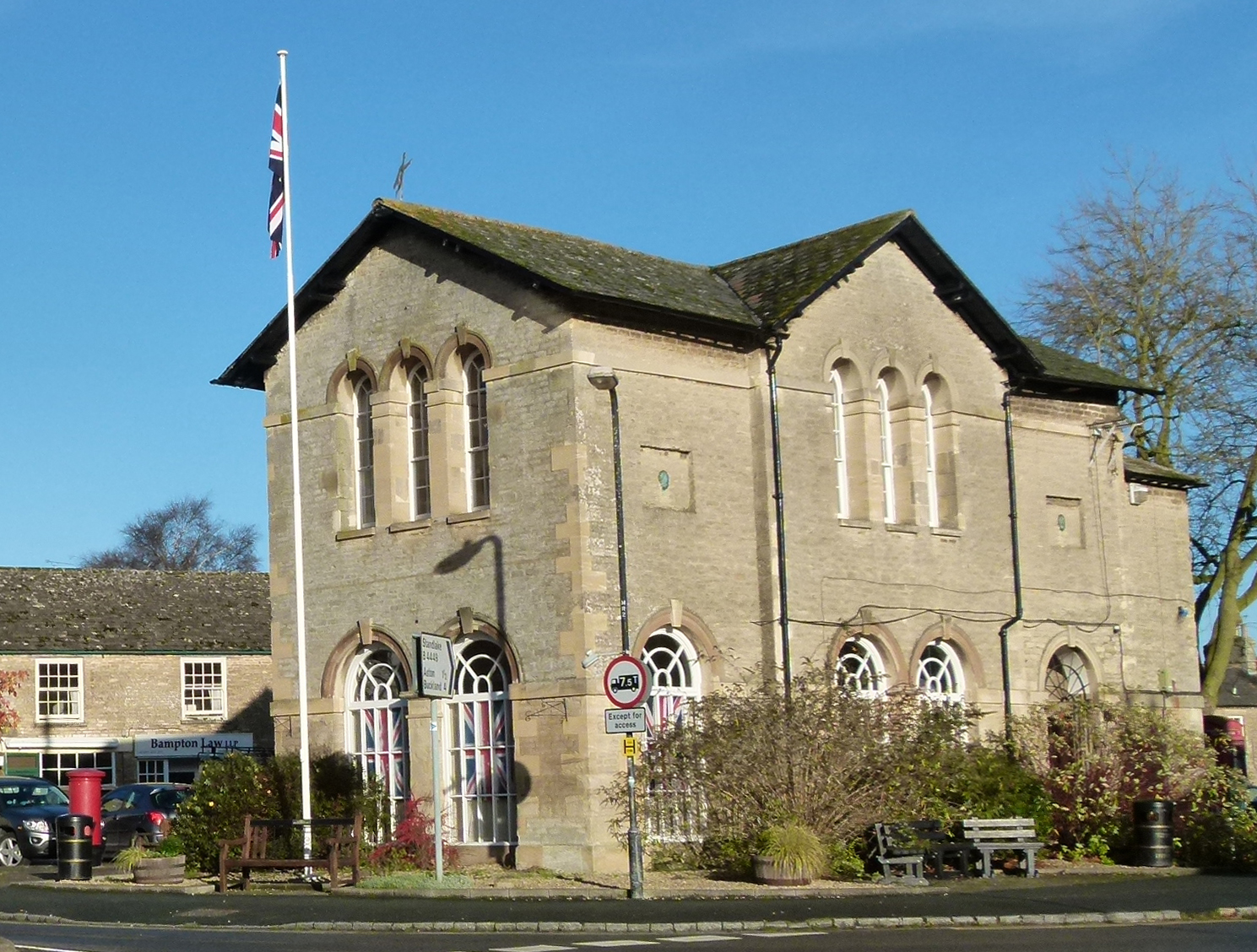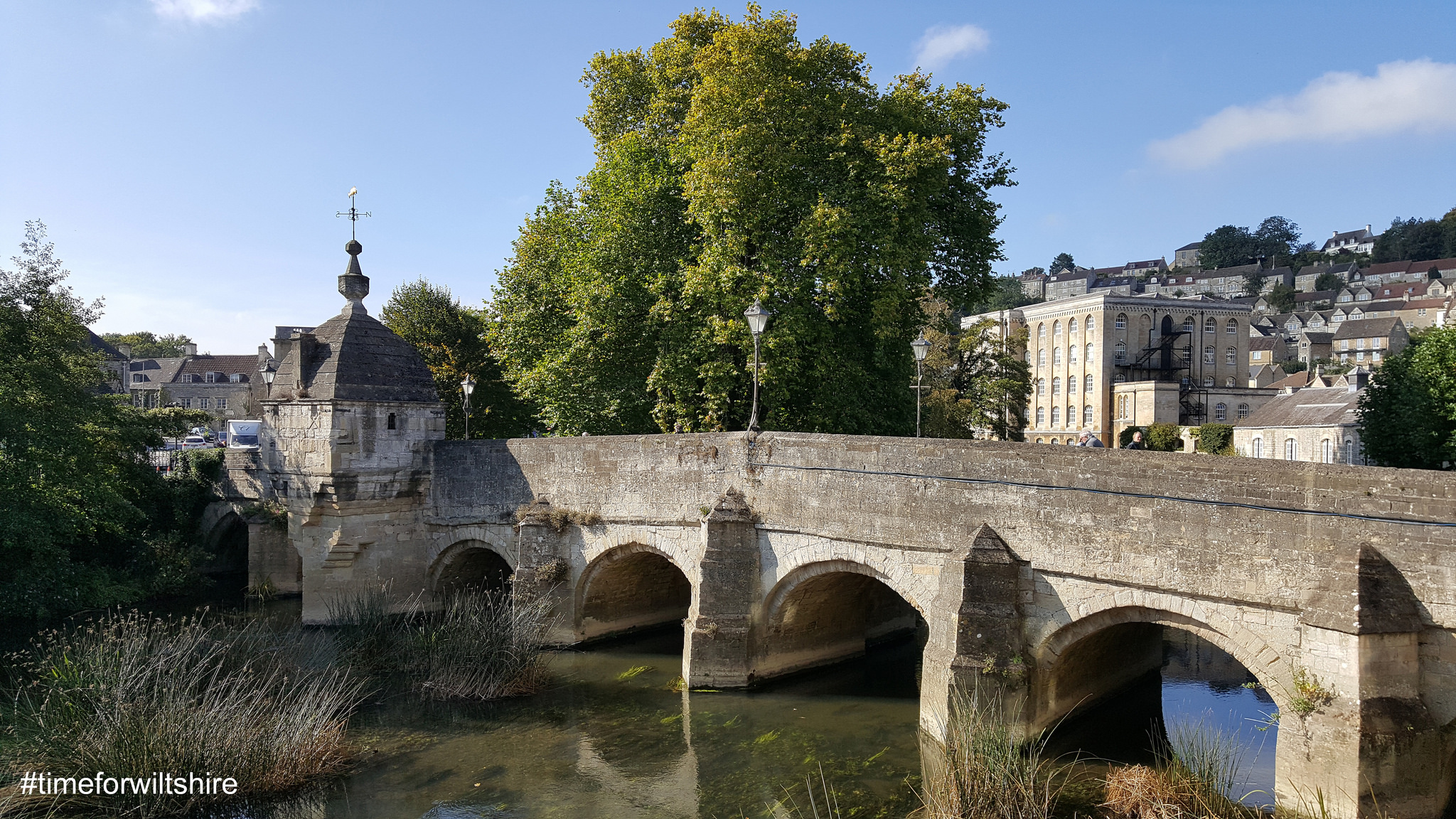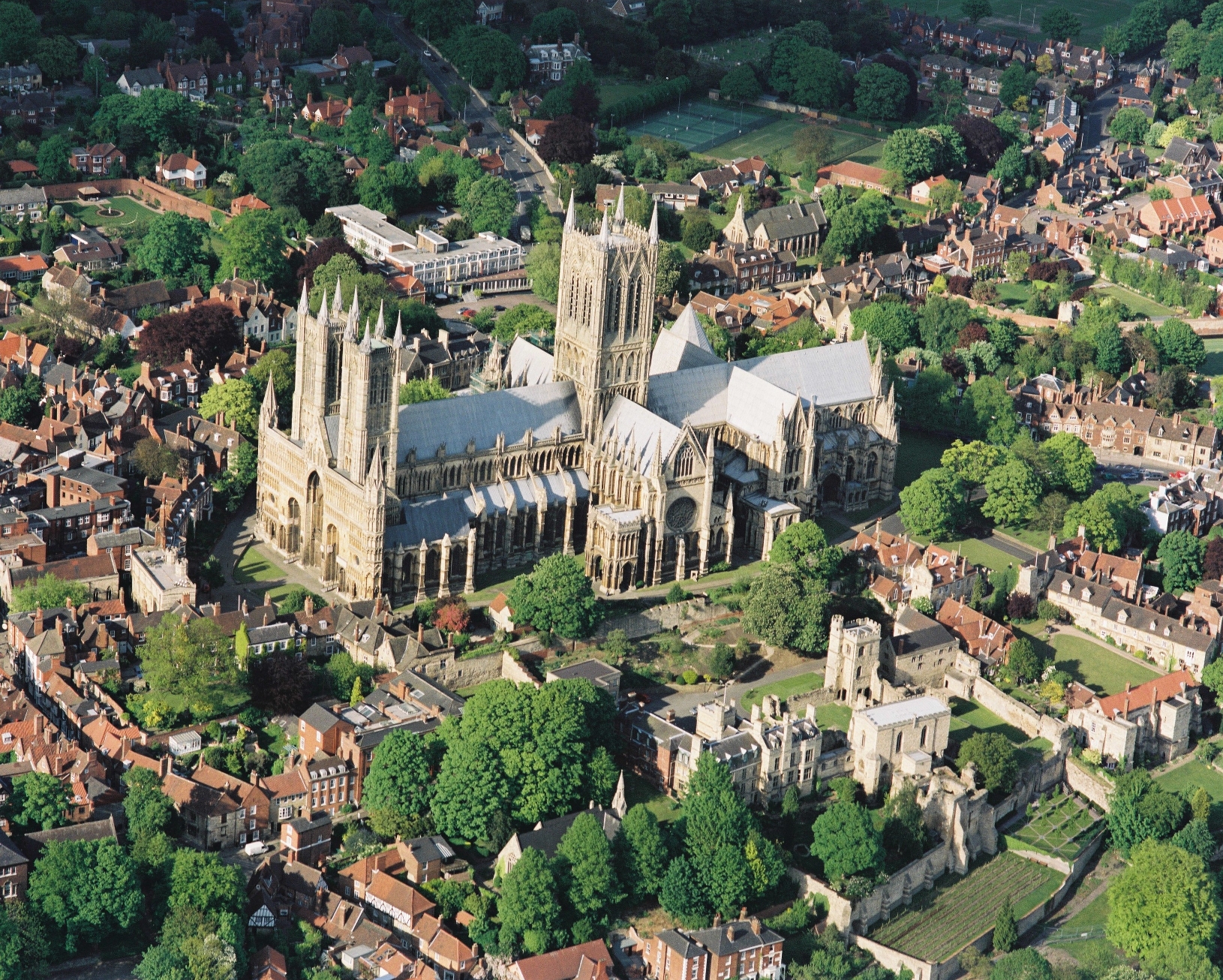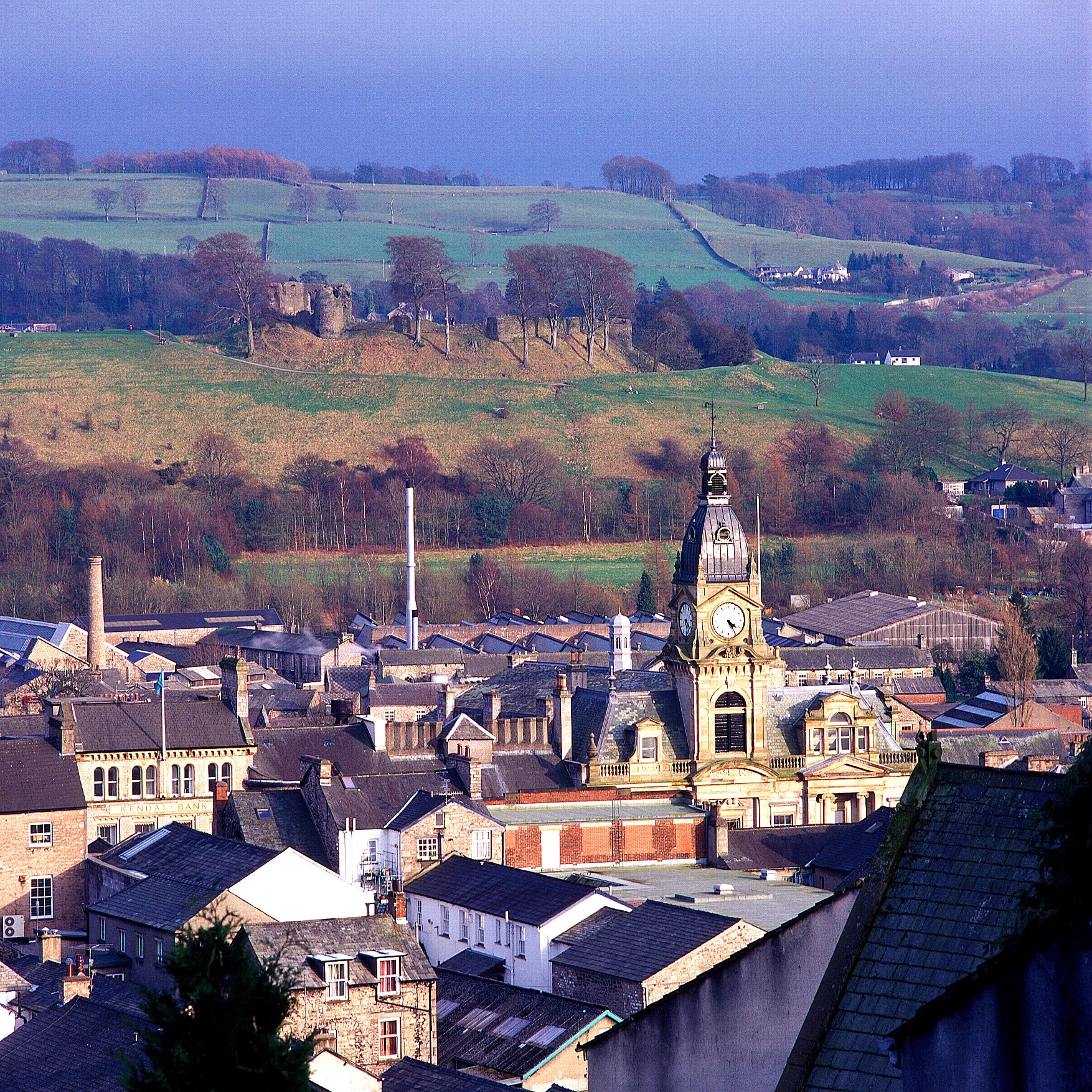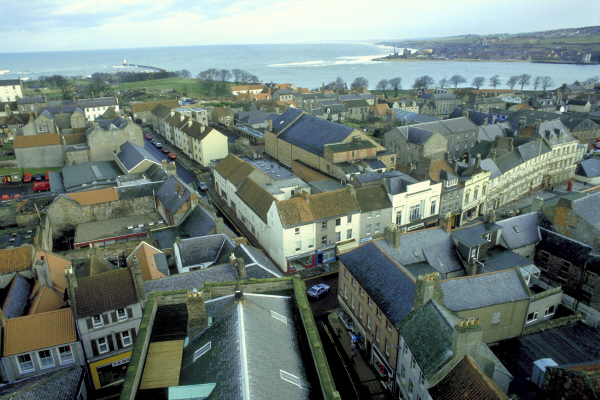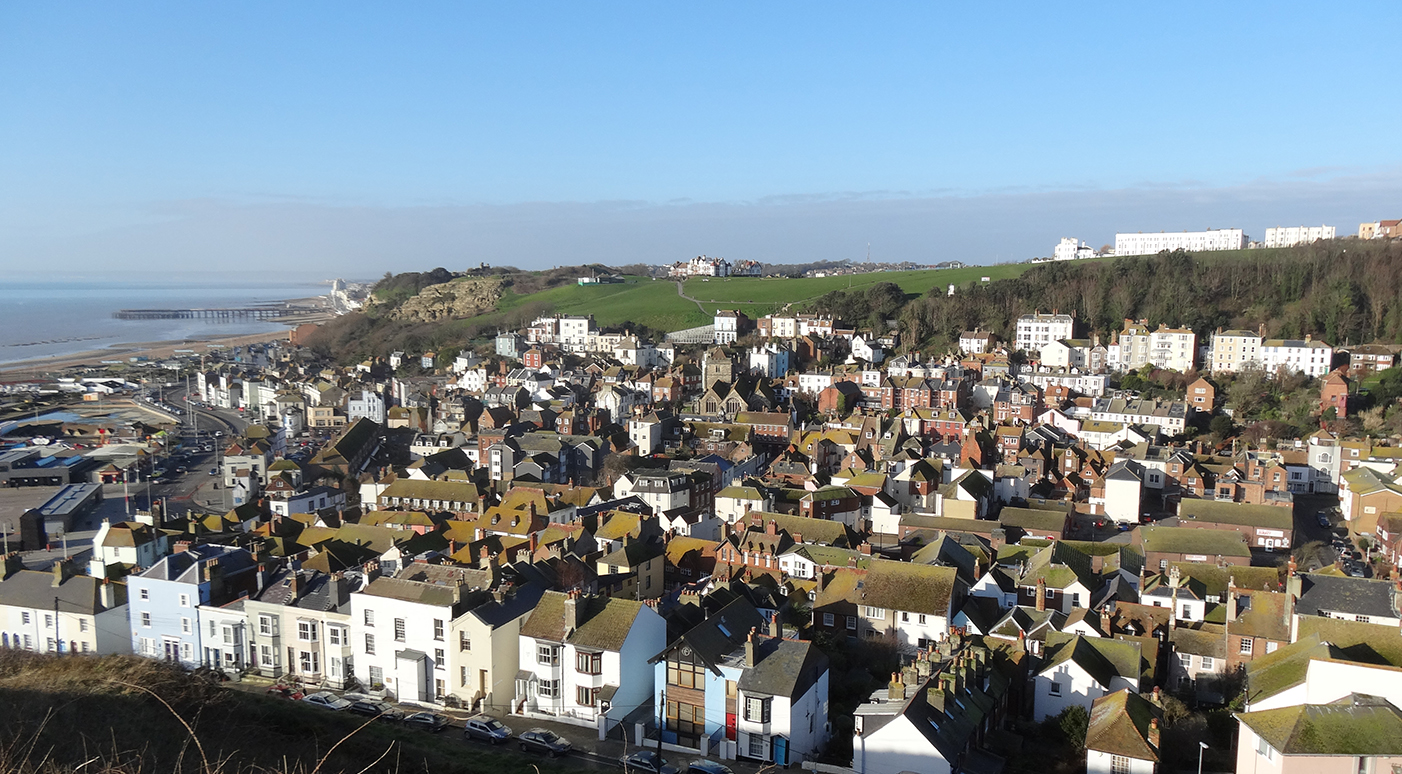Chichester in West Sussex is a busy market town with resident Peregrine Falcons nesting in the Cathedral. Be prepared, bring a shopping bag and a pair of birdwatcher’s binoculars!
Bishop Edward Storey gave the Market Cross to Chichester in 1501 to shelter the itinerant merchants. As he market grew, the town added more market buildings. The Buttermarket of 1807, built by John Nash, still survives with its six Doric columns and Coat of Arms. It leads now to an indoor market. West from the […]

